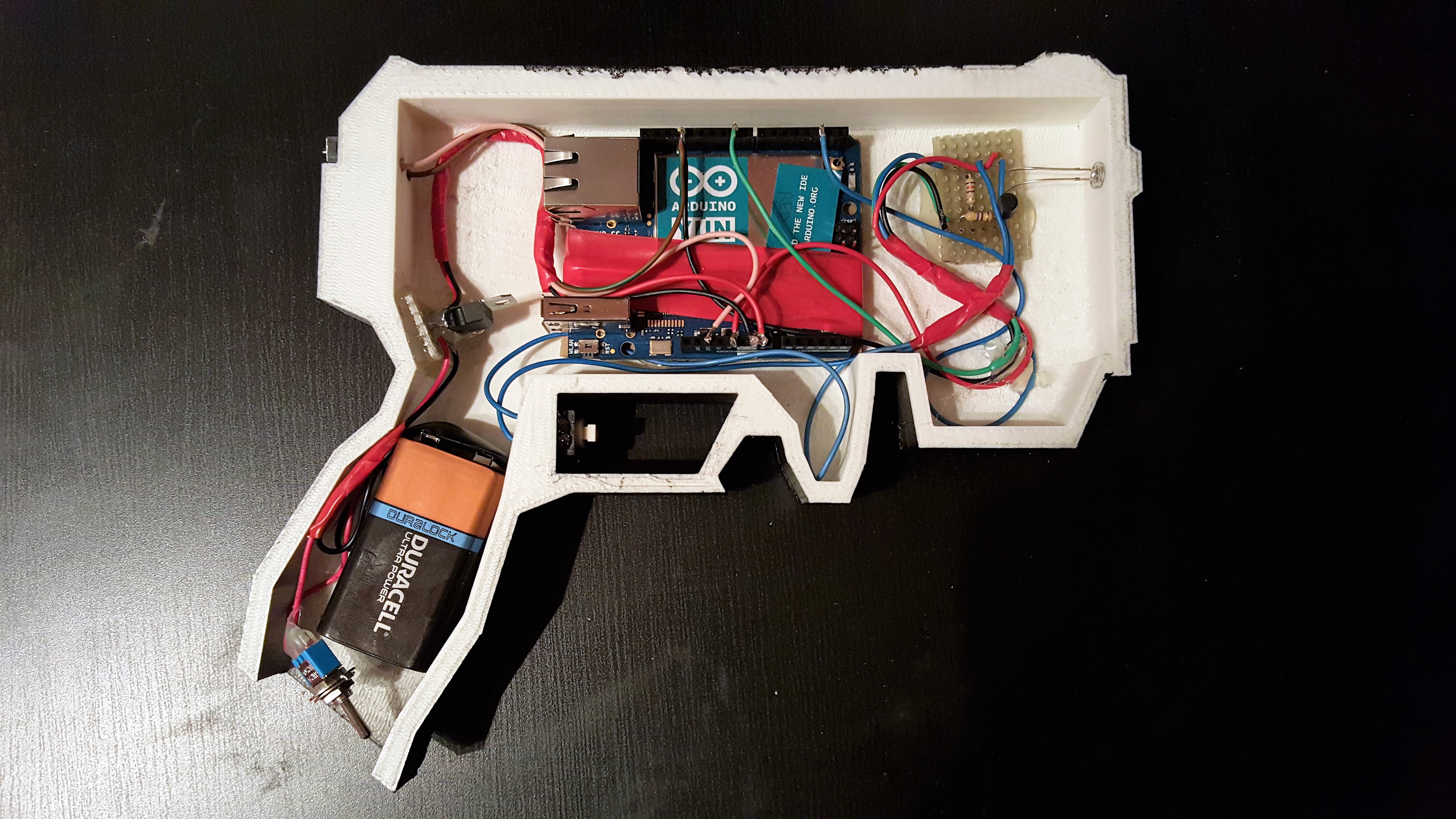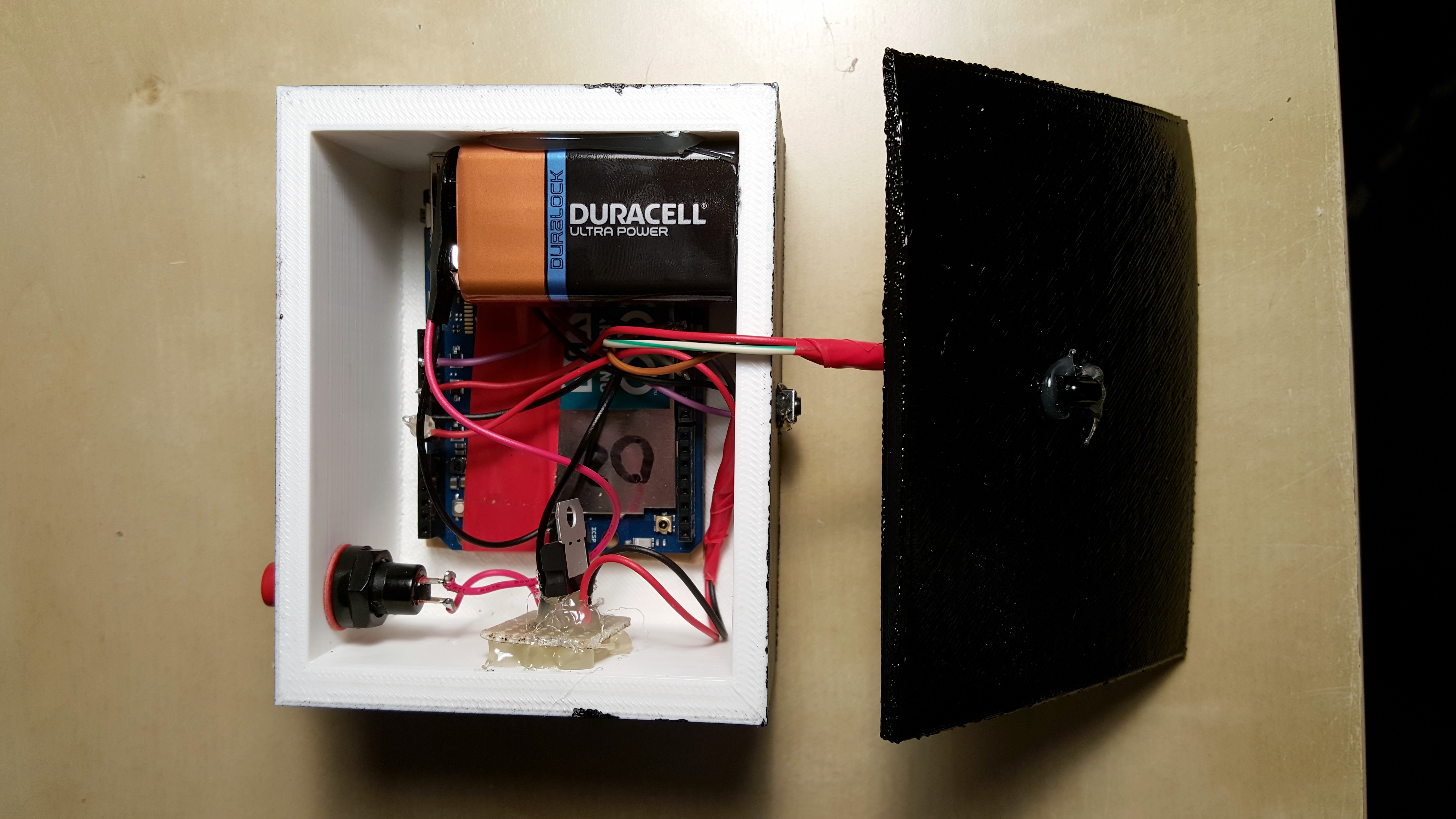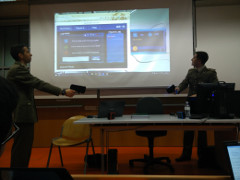Intelligent environments are composed of many devices, sensors, and actuators that should collaboratively contribute to improve the quality of life inside your home, office or building. Applications for such improvements can be found, typically, in the domain of proactive assistance for the elderly or for people with a disability. Few applications of Ambient Intelligence are present for more entertaining areas, like immersive gaming. In an immersive game, players act, react, and interact with an augmented environment, in order to fulfill a mission established by the game itself. Players may have different roles, i.e., active or strategic, and their interfaces should be customized to the role. Augmentation and immersiveness may be obtained through the adoption of IoT devices, both wearable and environmental.
The thesis of Fabio Runci and Alessandro Messina, discussed on December 2015, explores this field and proposes the conception of a game structure and rules for an Ambient Intelligence game.
The thesis presented a suitable system architecture for supporting the game concept and a working prototype based on the laser game, which exploits state-of-the-art IoT devices and sensors (e.g., Bluetooth beacons). The "ambient" laser game has been realized by employing commercial IoT devices as well 3D printers (for some physical parts), Arduinos, and the Unity 3D game engine. The game mixes online gaming activities with on-the-field missions, to improve the game experience of players with different possibilities, skills, and experiences.

The "game kit" for one of the two player teams

The 3D printed laser gun

The 3D printed wearable laser target


